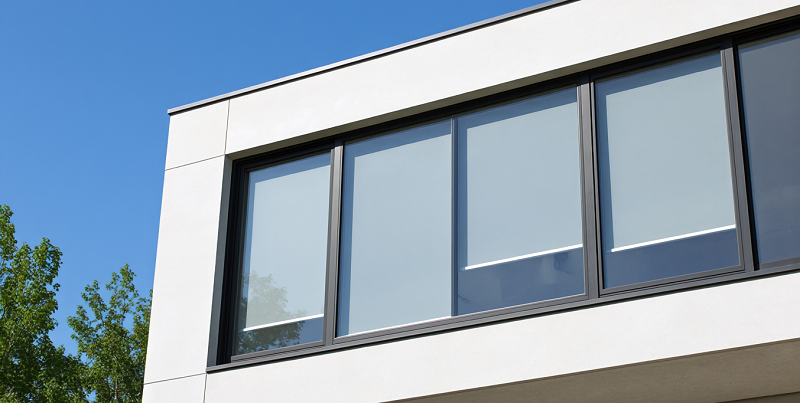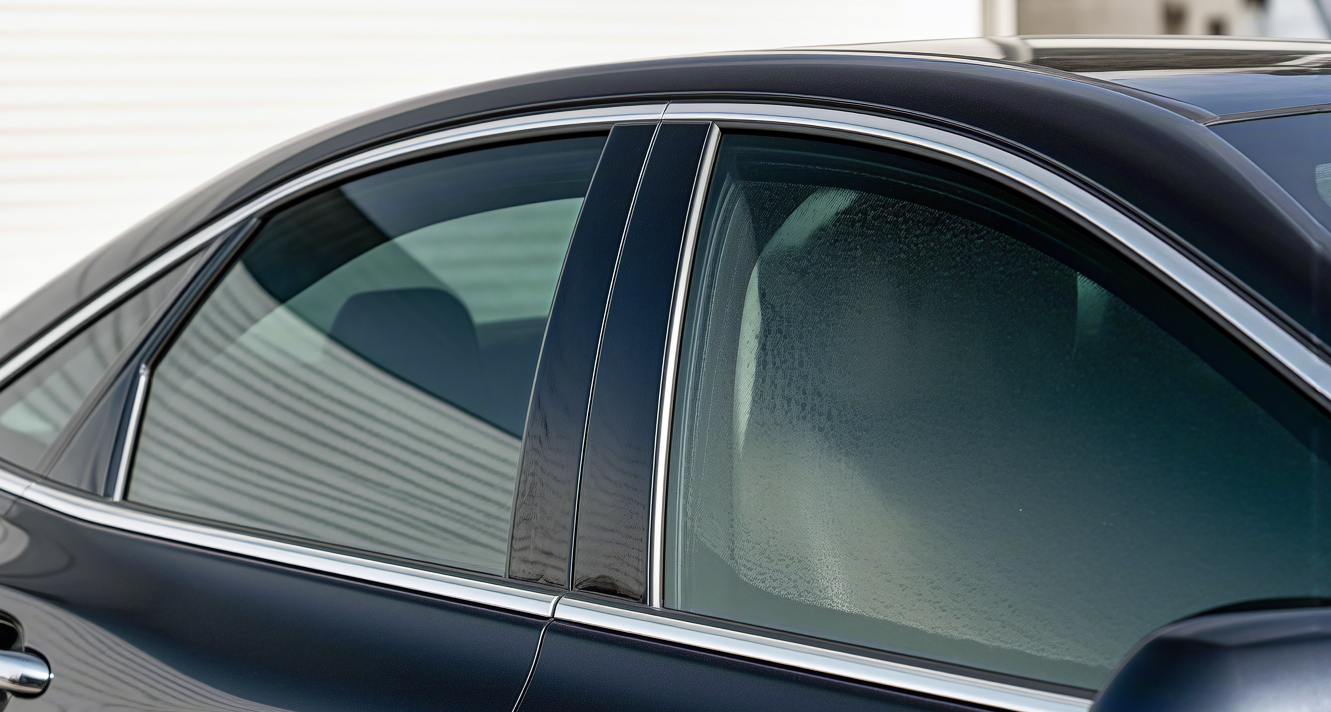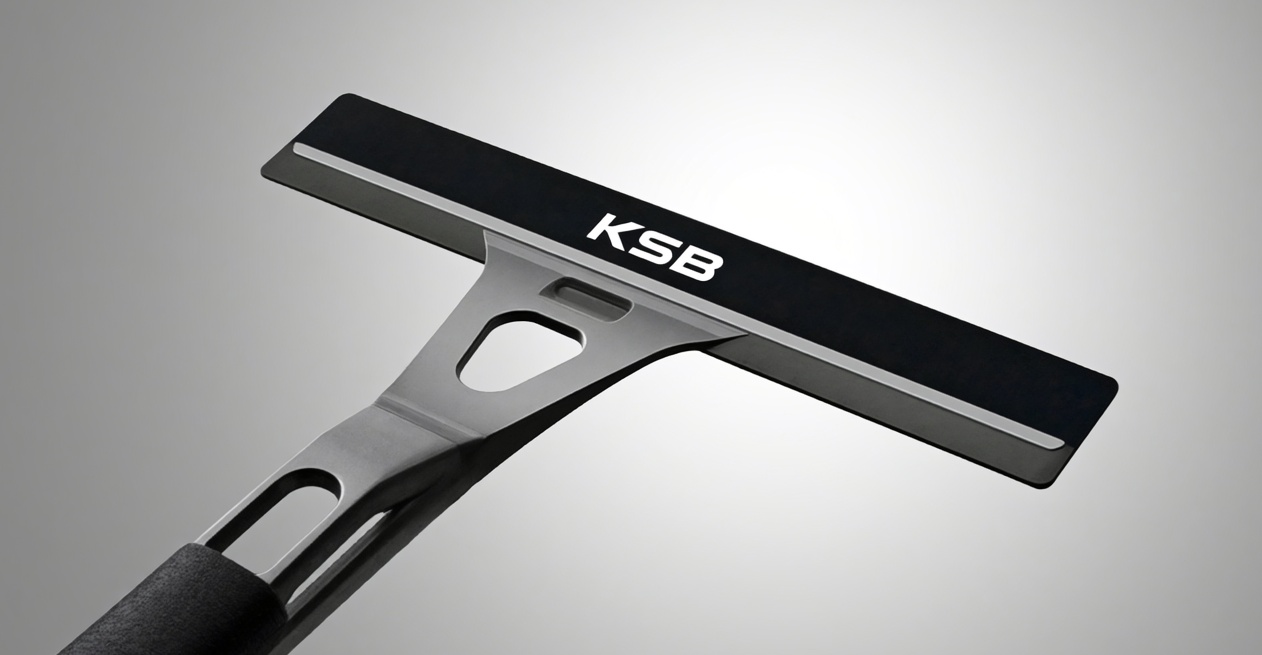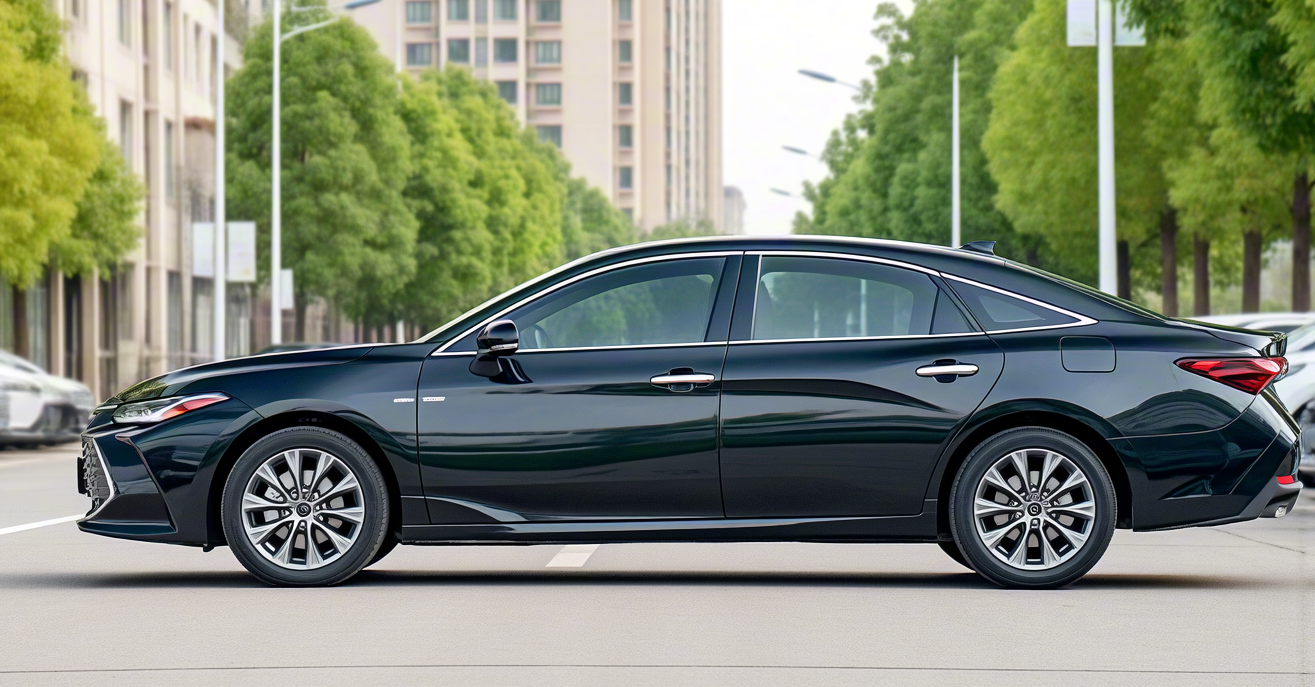For property owners seeking to upgrade building glazing systems through film technology, a critical decision point lies in determining the optimal installation location for window films. This guide systematically addresses two core questions:
1.Whether window film should be installed on the interior or exterior side of the glass;
2.How to optimize window film configuration based on building orientation to maximize thermal performance improvements.
Advantages of Interior-Side Installation
In film technology applications, KASHIBANG Window Film series products universally adopt an interior-side installation approach. Compared to exterior installation, this method offers three significant advantages:
- Extended Lifespan: Protects films from environmental erosion (e.g., UV degradation, weather extremes) .
- Optical Precision: Ensures accurate adhesion and minimizes optical distortions (e.g., bubbles, wrinkles)
- Easeof Maintenance:Simplifies cleaning and repairs without external interference.
Building Orientation Optimization Strategies
For solar-control window films, configurations must align with celestial patterns. In the Northern Hemisphere, the sun’s trajectory creates a southward arc, resulting in significant variations in solar radiation exposure across orientations:
1.South-Facing Windows :
- Receive full-day solar exposure, with low-angle winter glare.
- Priority: Install high-transmittance, low-emissivity (Low-E) films to balance light entry and heat retention.
2.West-Facing Windows :
- Experience intense afternoon radiation.
- Solution: Use films with gradient shading coefficients to mitigate heat buildup
3.East-Facing Windows:
- Gentle morning sunlight.
- Recommendation: Moderate shading films suffice
4.North-Facing Windows :
- Primarily diffuse radiation.
- Ideal: High-transmittance base films for minimal interference .
Regional Tip : In high-sunlight regions (e.g., U.S. Sun Belt), full-building coverage maximizes cooling-load reduction. For budget constraints, prioritize installations as South → West → East → North
Seasonal Solar Trajectory Dynamics
Earth’s axial tilt (~23.5°) causes cyclical changes in solar altitude:
- March 21–September 21: Higher solar angles prolong south-facing exposure.
- September 22–March 20: Lower angles shorten daylight duration.
Critical Note : Low-angle winter sun amplifies glare on south-facing windows. Angle-selective smart films dynamically adjust shading to counteract this.
Glare Control Solutions
Low-angle solar radiation (<30°) is a primary cause of visual discomfort, especially in west-facing windows at sunset. Professional films should provide:
- Precise Visible Light Transmittance (VLT)modulation
- Tiered Solar Heat Gain Coefficient (SHGC)optimization
- ≥99% UV-blocking
Implementation Protocol
1.Site Analysis :
Use Google Earthfor precise orientation mapping.
Measure on-site illuminance with a spectrophotometer .
2.Surface Prioritization :
Address south/west facades first (primary thermal load sources)
3.Product Selection:
Choose films with ASTM D1044-standardized abrasion-resistant coatings.
Conclusion
Window film configuration is a building physics optimization project integrating solar geometry, materials science, and ergonomics. By scientifically evaluating orientation and deploying professional-grade films (e.g., KASHIBANG BUILDING Series ), property owners can systematically enhance thermal comfort while reducing HVAC energy consumption. These solutions offer DIY users an ideal balance of performance and usability.








